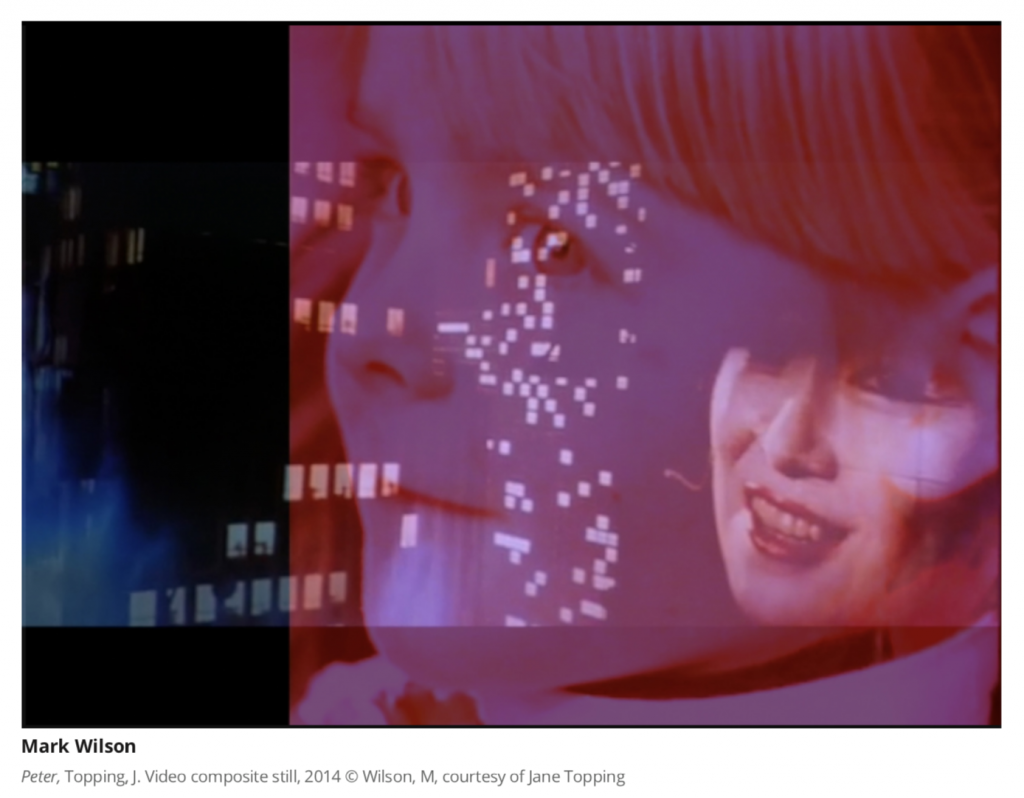Antennae – Issue 50 Spring 2020
In this issue of Antennae sits Shooting the Messenger, an essay by Snæbjörnsdóttir/Wilson (pp118-135). A delight to have the video Peter (2014) discussed here in this fresh context. Thank you MW.
Here’s Snæbjörnsdóttir/Wilson’s introduction to the piece:
‘In these years, the sea and its behaviours increasingly serve as an urgent and unrelenting reminder of global warming. Snæb- jörnsdóttir and Wilson’s most recent series of works, Shooting the Messenger takes as its leitmotif, the idea of the unwelcome visitor arriving at the shores of an island. The visitor’s appearance in this place, though not entirely voluntary is inauspicious, disquieting. This text examines what it means in the context of crisis, (e.g. mass and exponential extinction, environmental degradation, the Anthropocene), to weigh ideas of hospitality against the proposition of the ‘visitor’ as an abstract, psycho- logical phenomenon, a threat, a catalyst of change and as an indicator of monumental change already in train.‘
Access the entire journal here.
Finally, here is the Peter-referencing part of the text, snipped totally out of context (sorry MW!) and so just FYI…
Sunday – space and time (and memory):
In 2013 the Glasgow-based artist, Jane Topping made a film which is semi-autobiographical in nature. As part of the process, she bit into and oddly, became one with that staple of cinematic science-fiction Blade Runner the once cultish classic based on the Philip K Dick novel Do Androids Dream of Electric Sheep? One of the most appealing characteristics of Blade Runner for the artist was that it is a cultural artefact with an already rich history of having been plundered and reconfigured countless times, not least by the Director, Ridley Scott himself. In Topping’s rework she put herself, or rather an early in- carnation of herself, at the heart of the narrative:
Blade Runner (1982, Dir. Ridley Scott) is used as the basis or source material of Peter (20141) as its use of faulty memory and copied bodies in the film’s plot offer shaky and slippery foundations, allowing for new realities to be easily created. A film constructed, in Ridley Scott’s words, so that ‘every incident, every sound, every colour, every set, prop, or actor had significance within the performance of the film’ is so rich with detail that there appeared to be space in Blade Runner for the
(supposed) uncovering [of] yet another significant [possibly fugitive] detail. I was aware of and enjoying [of] the fact that I was defiling a classic – the epitome of the dystopian post-modern aesthetic on screen – something that I shouldn’t really be allowed to touch. But that was the point.
At 10 years old, she’d been filmed at the dentist’s, as part of a BBC television documentary, on the uses and effects of hypnosis. Her uncle had videotaped the sequence on beta-Max and at some point, in 1981, by chance, he passed that recording to a friend who was doing some post-production work for Ridley Scott. The footage was intended- ed as a placeholder to be replaced later by Scott’s own set pieces. And so, it happened that 2-3 seconds of Jane’s upturned face there in the surgery ended up projected, alongside one of the smoking geishas on the side of a towering building in the dystopian metropolis that was the backdrop to Blade Runner.
This is where the interlacing of culture and memory, reminds us that ecologies are not only conjured through site, or habitat, but also through time, and that the porosity of our experience and its context, means that each is a continuing accretion of the other.
[…] inspired by Scottish socialist writer Naomi Mitchison’s Memoirs of a Spacewoman (Mitchison, 1964), nou (a sequel film to Peter by Topping 2018) is a tale of space travel, hypnosis, and transformation in which the protagonist, now moves through time and space, leaving an alien world, trav- elling via a kaleidoscopic tunnel and appearing to emerge in the tooth of a child who has been hypnotised by a dentist. The video performs the well-known science fiction trope of alien invasion, reframing it from a feminist perspective in order to foreground the fluid nature of identity and problematise a human-centred world view.
Nou, the alien, assumes hybridity with the historical child, the cavity of whose tooth she entered and with whom she has, as a consequence, merged. As the writer of this projection, Topping reclaims her representation, taken without her consent, those decades ago.
By imagining, not worlds in parallel, but the worlds of myriad others, sliding across, crashing and enmeshed, we come to see how each complicates the rest and is made continuously more complicated, both by direct and indirect encounters and even perhaps, by near misses, sometimes by random thought and sometimes – in imagination or memory alone.
